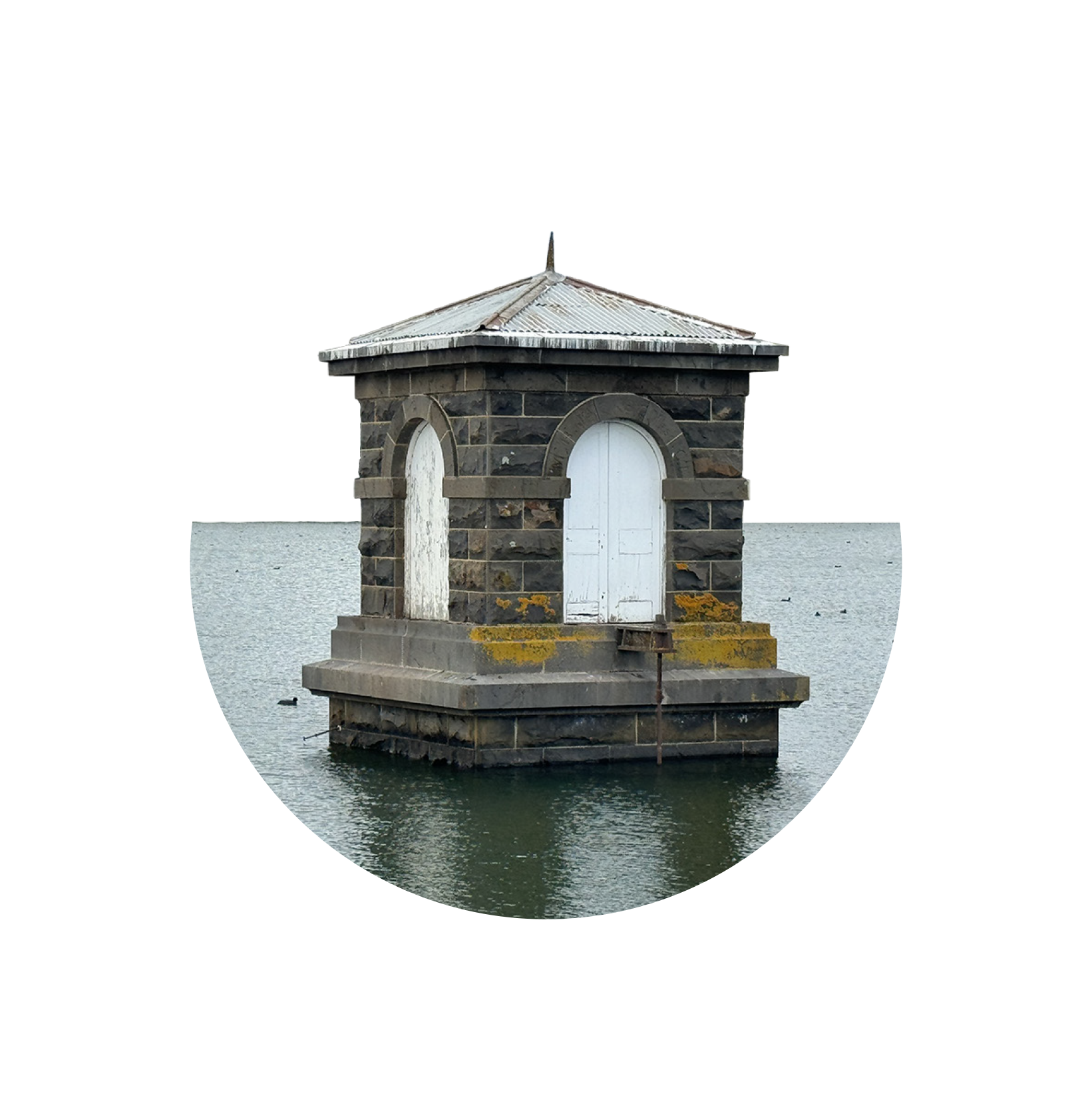City of Whittlesea
Before European settlement, the Aboriginal Traditional Owners of the Wurundjeri Willum Clan and Taungurung People lived on the land that now forms the City of Whittlesea.
More information about the Wurundjeri Clan can be found here.
George Sherwin is recorded as the first European settler taking up land in 1837.
The City of Whittlesea, established in 1862, is located in the outer northern suburbs of Melbourne, Victoria, Australia.
The area comprises of 8 main suburbs of which are Whittlesea, Bundoora, Lalor, Epping, Thomastown, South Morang, Mill Park and Mernda. Other areas in the city include Beveridge, Donnybrook, Doreen, Eden Park, Humevale, Kinglake West, Wollert, Woodstock and Yan Yean.

Whittlesea
Whittlesea may have been named after Whittlesey in Cambridgeshire, England. The Post Office was opened in 1853 and named Plenty, but was renamed Whittlesea in 1864. A school opened in 1878, and to this day, is still in use to the Whittlesea Primary School.
The Whittlesea railway station was opened in 1889, but subsequently closed in December 1959. When the railway was in operation, Whittlesea had a large logging trade and two saw mills in operation.
Whittlesea is home of the Whittlesea Agricultural Society which began in 1859, and still hosts the Whittlesea Agricultural Show every November.


Bundoora
Bundoora was first known as the Parish of Keelbundora in 1835, which soon after, the land was surveyed in 1837 by William Wedge-Drake to allow for the sale of land. The land was subsequently auctioned in Melbourne 1838.
In 1899, John Matthew Vincent Smith purchased property known as ‘Bundoora Park’ which was used to raise racing horses.
Lalor
Lalor was named in honour Peter Lalor, a leader of the Eureka Stockade rebellion. It was originally part of Thomastown, until in 1945, Leo Purcell worked out a scheme to provide low-cost homes that became the “Peter Lalor Cooperative Family Scheme”.
The Whittlesea Community Festival is held every year on the third Sunday in March in Lalor at the Whittlesea Public Gardens on Barry Road.


Epping
Epping was named after Epping Forest, an area of ancient woodland in Essex, England in 1839. In 1844, a hotel was established, then in 1844, the first Catholic school. In 1870, the area around Epping became Darebin Shire, which was renamed Epping Shire in 1893, then united with Whittlesea Shire in 1915.
Several old buildings in Epping are constructed with the plentiful bluestone from the surrounding volcanic plains, including the old Council Building.
Thomastown
Thomastown was created in 1848 when the John Honniball Thomas and Mary nee Hartnell family bought 106 acres for market gardening. Two years later, William Westgarth bought land north of Thomas’ which he made way for German settlers.
The Post Office was opened in 1862, and the area attracted many farmers and horse racing.
In 1889 when the Epping railway line opened, a German dairying family formed the Pura Dairy, and eventually expanded into Preston and became Metropolitan Dairies Pty Ltd in 1947.


South Morang
South Morang was originally known as Morang South until Morang itself was renamed by locals to Yan Yean South in 1893. The area was inhabited by the Wurundjeri balug and Wurundgeri Willam clans, with Morang meaning ‘sky’ or ‘cloud’.
The land was good for farming, and today there is much evidence, such as dry stone walls can still be seen today..
South Morang is home to many historical sites such as Farm Vigano and Le Page Homestead.
Mill Park
Mill Park is named after the flour mill built by George and Francis Coulstock on the Plenty River in the 1840’s.
Mill Park Drive is a large oval ring, which was once a horse racing track. Many of the streets in Mill Park are named after race horses including Phar Lap, Carbine, and Redleap.
The Findon Hounds and the Findon Harriers Hunt Club were located in Mill Park.


Mernda
The Bridge Inn, the first structure by European settlers, was built in 1841. The same year, a flour mill was built on the Plenty River, with the post office opening in 1875.
Mernda was originally named South Yan Yean, but was renamed Mernda in 1913.
Carome, a bluestone house was built in the 1860’s near a flour mill on the Plenty River, which is now used as a restaurant. The area at the tie was used for mixed farming, and later as a dairy farm and horse stud.
